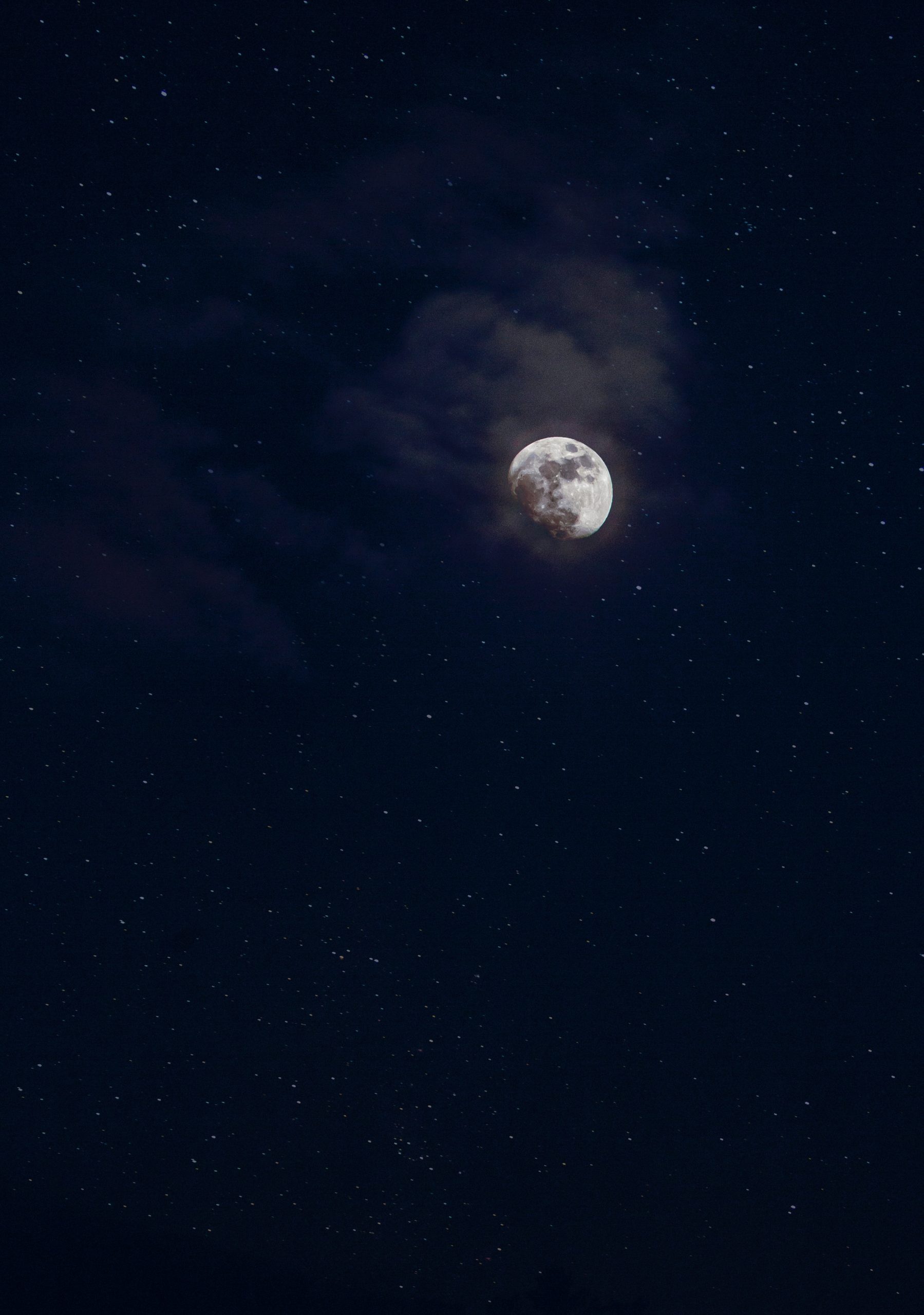What Does the Moon and Star Symbolize in Islam?
Islam, the world’s second-largest religion, is rich in symbols and iconography. One of the most recognizable symbols associated with Islam is the crescent moon and star. Seen on flags, mosques, and numerous other Islamic art forms, the moon and star symbol holds deep meaning within the Islamic faith. In this blog post, we will explore the significance of the moon and star and its various interpretations within Islam.
The Historical Significance
The use of a crescent moon and star can be traced back to the early days of Islam. During the time of Prophet Muhammad (peace be upon him), there were several associations with heavenly bodies, including the moon, within Arabian culture. However, it is important to note that the crescent moon and star symbol is not mentioned in the Holy Quran itself.
The symbol gained prominence during the Ottoman Empire, which spanned from the 14th to the early 20th century. The Ottomans used the moon and star on their flags and as a symbol of their imperial power. This association led to the crescent moon and star becoming an emblem utilized by various Muslim societies, both religious and non-religious, over the centuries.
Interpretations of the Moon and Star
In Islam, the crescent moon represents the lunar calendar and is used to determine the beginning and end of Islamic months, including the holy month of Ramadan. This lunar calendar is derived from the sighting of the new moon, signaling the start of a new month in the Islamic calendar.
Furthermore, the moon is often associated with the feminine aspect of Allah (God) in Islamic tradition. It symbolizes beauty, purity, and motherhood. Just as the moon reflects the light of the sun, Muslims strive to reflect the divine light in their lives and actions.
The star, on the other hand, is often interpreted as a representation of guidance and enlightenment. It is regarded as a symbol of hope, helping believers navigate through the darkness of ignorance and find their way towards the light of knowledge and spiritual understanding.
Symbolic meanings in Islamic Art
The crescent moon and star symbol can be found throughout Islamic art, from intricate calligraphy to stunning mosque decorations. It is important to mention that not all Islamic artwork includes this symbol, as its use varies across different regions and cultural contexts.
When featured in Islamic architecture, the moon and star often adorn the tops of minarets or the domes of mosques. This placement symbolizes the connection between the heavens and earthly realms. The presence of these symbols on mosques also serves as a reminder for Muslims to always seek knowledge, guidance, and enlightenment within the house of God.
Contemporary Usage and Controversies
In modern times, the crescent moon and star symbol has become synonymous with the Islamic faith, particularly in terms of identity and iconography. It is commonly seen on national flags, such as those of Turkey, Pakistan, and Algeria, reflecting their majority Muslim populations and heritage.
However, it is essential to note that the contemporary use of the crescent moon and star has generated debates within the Muslim community. Some argue that the symbol has deviated from its original meaning and is now associated more with cultural and national identity rather than strictly religious significance.
Furthermore, misunderstandings and misinterpretations of Islamic symbols have led to Islamophobia and stereotypes. The crescent moon and star, in particular, have been appropriated by anti-Muslim groups, leading to its use as a hateful symbol in certain contexts. It is crucial, therefore, to approach the symbol with sensitivity and respect, recognizing its deep spiritual significance for Muslims.
Conclusion
The moon and star hold multifaceted meanings within Islam. From its association with the lunar calendar to symbolizing guidance and enlightenment, this symbol carries rich historical and spiritual significance.
While it has gained global recognition as a symbol of Islam, it is important to respect the different interpretations and cultural contexts in which the crescent moon and star are used. By understanding its origins and various interpretations, we can foster unity, respect, and intercultural dialogue.
Table of Contents
